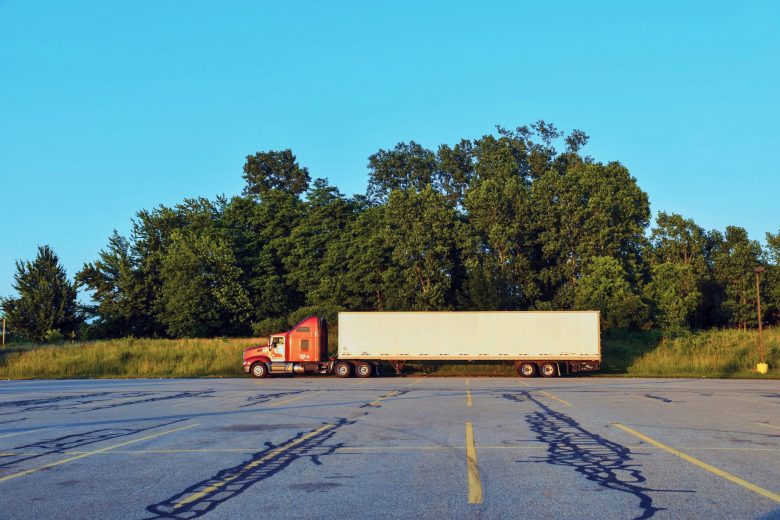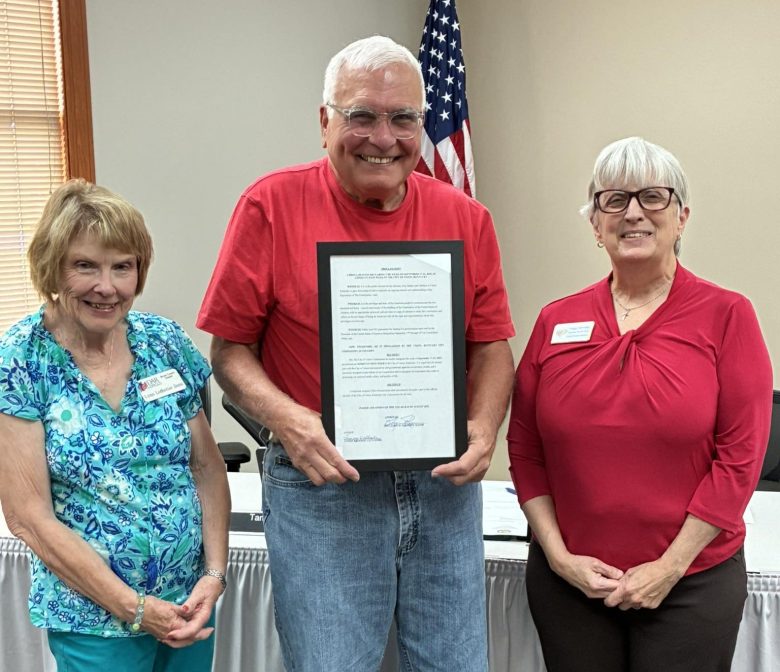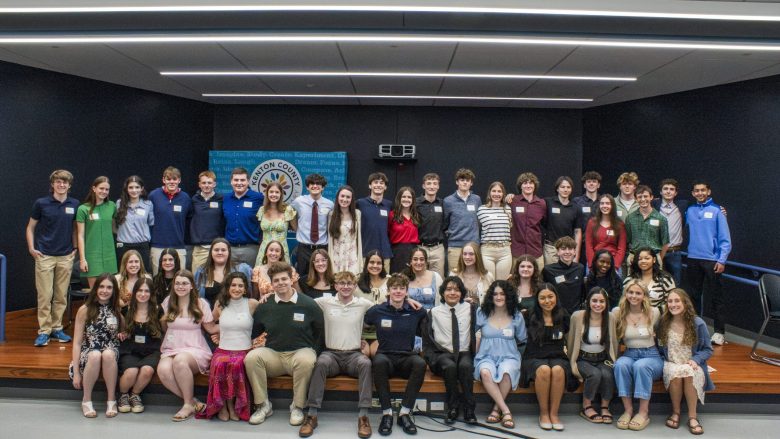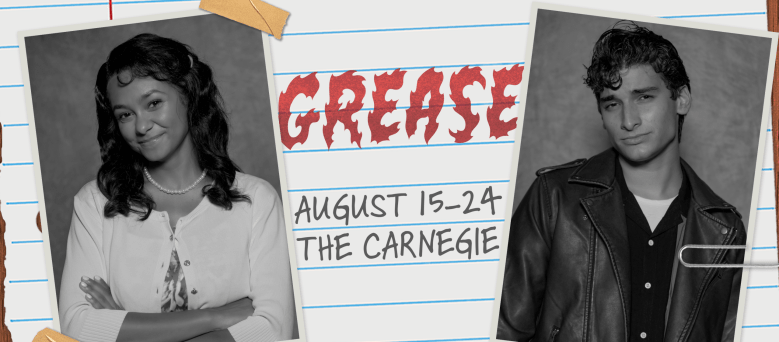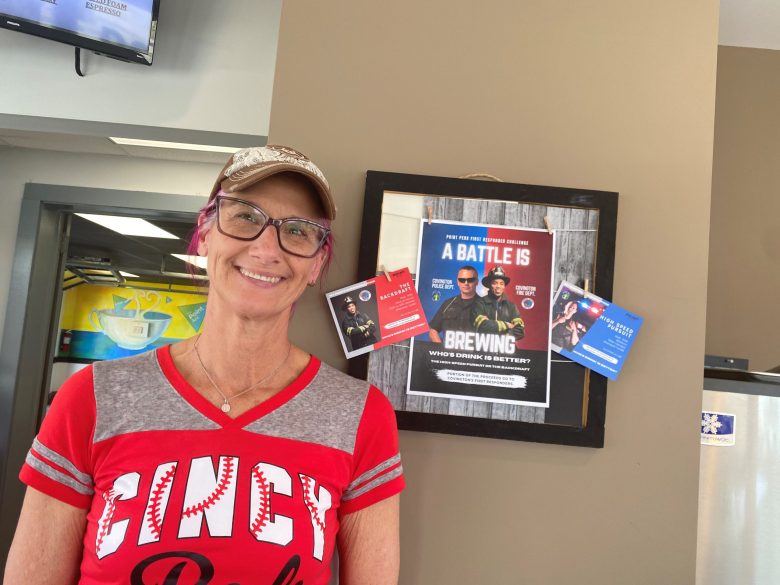What you must understand
- Boone County is considering updating its zoning code to address commercial truck parking.
- Proposed changes would allow truck parking in specific commercial and industrial zones.
- The goal is to reduce roadside parking while supporting the county s logistics growth.
In Boone County, commercial truck parking has gained a lot of attention, so the planning commission and fiscal court worked together to update the zoning rules to address the problem.
The Cincinnati/Northern Kentucky International Airport and Interstate-75 have made Boone County a vital logistics hub for the Greater Cincinnati region. Nevertheless, the increase in semi-truck traffic brought about by this economic activity has resulted in parking problems that lower the standard of living for locals.
“The goal has always been to get the trailers off the road,” Commissioner Cathy Flaig stated when she began this five or six years ago.
Last December, the Boone County Fiscal Court tasked county staff with reviewing whether to establish a new definition of commercial parking in its zoning code.
In April, the discussion picked up again
, with the fiscal court and Boone County Planning Commission staff debating the next steps. Ultimately, they approved a motion instructing staff to start the process of updating the zoning code, which the fiscal court would then review.
Delivered to your inbox every weekday morning, these are the stories that everyone in NKY will be talking about.
Michael Schwartz, the zoning administrator for Boone County, gave the fiscal court an update on Tuesday. Specifically, Schwartz stated that he thought there was no need to establish a new zoning district for the parking of commercial trucks.
Schwartz suggested making truck parking a legal use in Industrial-1 and Industrial-2 districts and a conditional use in Commercial-3 zones. Additionally, it might be designated as a conditional use close to airports.
Light industrial operations, such as wholesale distribution, storage, and the production, assembly, and processing of materials with low emission levels, are allowed in I-1 zones. I-2 zones, on the other hand, are designated for heavy industrial applications, like big manufacturing and storage facilities.
Additionally, according to Schwartz, county employees created classifications for particular asset classes, such as trucks, semi-trailers, trailers, truck trailers, freight terminals, and freight containers.
According to Schwartz, we gave trucks and trailers a new definition. We felt that there was no need to construct a new zoning district, so we created a new use category called freight terminals to clearly differentiate it from commercial parking, warehouses, distribution centers, and truck stops.
Timing was another crucial factor in the discussions. Schwartz recommended resolving the matter following the adoption of the comprehensive plan, much like in the April meeting. Currently in progress, that process is expected to be completed in 2026.
The exercise’s ultimate goal is to remove trucks from roadside parking by creating safe and legal substitutes that will allow for greater flexibility to meet the demands of the trucking sector. By striking a balance between aesthetic appeal and industry standards, it also aims to lessen the visual congestion of truck parking in surrounding regions.
The fiscal court ultimately stated that it wishes to expand the availability of truck parking without enforcing undue restrictions. By revising the zoning code, it also aims to provide precise criteria for the locations in the county where truck parking is allowed.
In order to inform the creation of the new standards, Schwartz said, county employees looked at zoning laws from Memphis/Shelby County, Tennessee, Chicago, Indianapolis, and Greater Louisville—all Midwestern freight centers.
Boone County Judge/Executive Gary Moore concluded a protracted discussion by stating that it would continue at subsequent fiscal court sessions. Nothing was done.
I believe that we take in what we’re hearing today, and if the court decides to proceed, he said. If more work is required, we can do that at our next meeting or another one in the future.
If approved down the line, the planning commission would hold a public hearing for community input. Subsequently, the planning commission would take legislative action, which the fiscal court would then follow.
Did you enjoy this story? Contribute to the next one.
Without community backing, independent local reporting would not be possible. We are able to continue covering the people, places, and issues that define Northern Kentucky thanks to your monthly donation.When you donate, you’re investing in all the stories that lie ahead, not just one.
AID IN LOCAL NEWS
